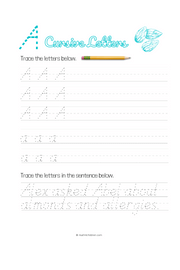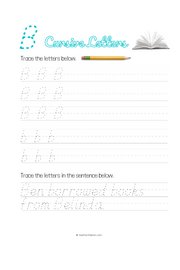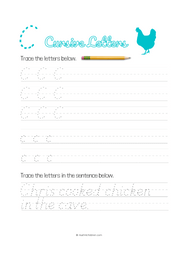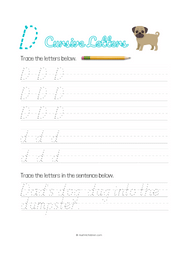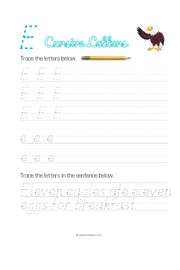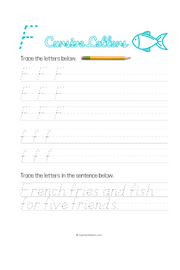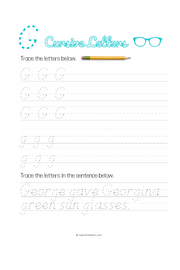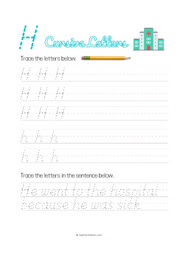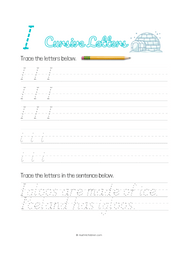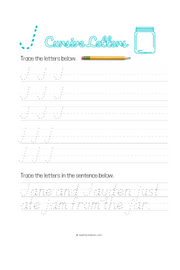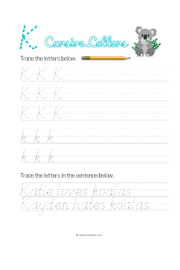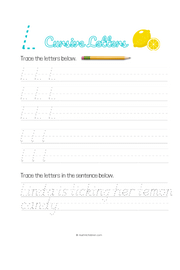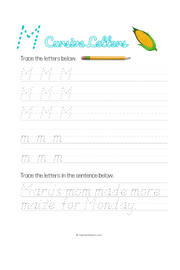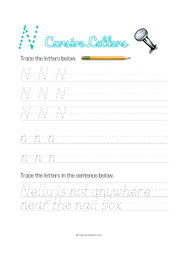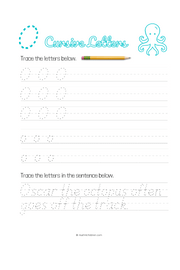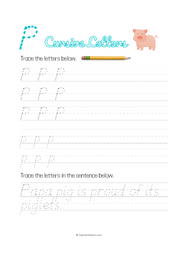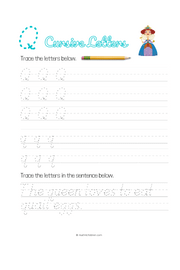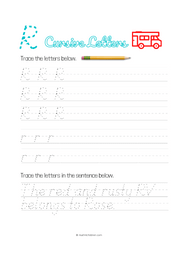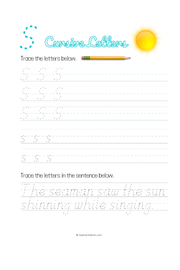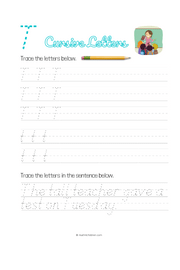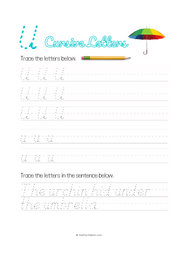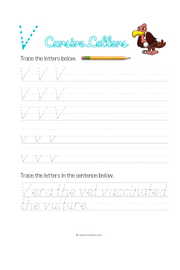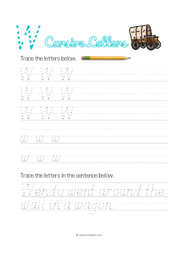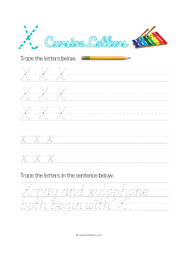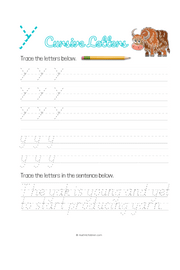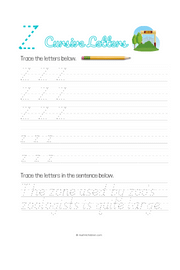Where does cursive come from | The Origin of Cursive Writing
Cursive handwriting, also known as script or longhand, is a form of writing in which letters are connected to form words. It is often taught in schools as a necessary skill, but its origins and evolution are not widely known. Where did cursive come from? How did it develop into the various styles that we know today? These are questions that have intrigued scholars and enthusiasts alike for centuries. In this article, we will delve into the history of cursive handwriting, exploring its roots and tracing its evolution through the ages. From the ancient Roman script to the flourishing styles of the Renaissance, to the simplified forms used in modern times, cursive handwriting has a rich and fascinating history that has shaped the way we communicate through writing. Continue Reading Below >>
The History and Evolution of Cursive Writing
Cursive writing is a form of handwriting where the letters are joined together in a flowing manner. It is also known as script or longhand. The origin of cursive writing dates back to ancient times, and it has evolved over the centuries to become the widely used form of handwriting that we know today.
Ancient Cursive Writing
Cursive writing has its roots in ancient civilizations such as the Greeks and Romans. The Greeks developed a form of cursive writing called "chancery script" around 500 BCE. This script was used for official documents and manuscripts. The Romans also developed their own form of cursive writing known as "Roman cursive" around the 1st century CE. This script was used for personal correspondence and legal documents.
Middle Ages and Renaissance
During the Middle Ages, cursive writing evolved into a more decorative form. The Gothic script was developed, and it was used for books and religious texts. It was also during this time that the first calligraphers emerged. These artists specialized in creating beautiful manuscripts and documents.
In the Renaissance period, there was a renewed interest in the classical forms of writing. The humanist movement emerged, and with it came a renewed interest in handwriting. The Italian humanists developed the "italic" script, which was based on the Carolingian minuscule. This script was more legible and easier to read than the Gothic script.
Modern Cursive Writing
During the 17th century, the copperplate script was developed. This script was used for handwriting and calligraphy, and it became the standard form of handwriting in the 19th century. It was also during this time that cursive writing became a standard part of education.
In the 20th century, the Spencerian script was developed in the United States. This script was created by Platt Rogers Spencer, and it became widely used in American schools. It was a simpler form of handwriting that was easier to learn and faster to write than previous scripts.
Today, cursive writing is still taught in many schools, although it is not as widely used as it once was. With the rise of digital communication, many people now type instead of writing by hand. However, cursive writing remains an important part of our cultural heritage.
In conclusion, cursive writing has a long and fascinating history that dates back to ancient times. It has evolved over the centuries to become the widely used form of handwriting that we know today. While it may not be as widely used as it once was, it remains an important part of our cultural heritage.
Why did we stop using cursive
One of the main reasons for the decline of cursive is the increased use of technology in our daily lives. With the advent of computers, smartphones, and tablets, many people now communicate primarily through digital media, using keyboards to type their messages. This shift has made handwriting, including cursive, less essential for communication, and has led many educators to question the value of teaching it.
Another factor in the decline of cursive is the emphasis on standardized testing in many educational systems. Because cursive writing is not typically included in these tests, many teachers and schools have shifted their focus away from teaching it in order to focus on subjects that are more heavily tested.
There are also some practical reasons why cursive has become less popular. For example, cursive can be difficult to read if the writer has poor penmanship or uses a non-standard style. Additionally, it can be time-consuming to learn and practice cursive, and some students may find it frustrating or boring.
Despite these challenges, there are still some compelling reasons to continue teaching and using cursive. For one, studies have shown that writing by hand can help improve cognitive development, particularly in children. In addition, cursive writing can be an important tool for developing fine motor skills and hand-eye coordination.
Furthermore, cursive can be an important part of our cultural heritage and can help us connect with our past. Many historical documents, including the U.S. Constitution and the Declaration of Independence, were written in cursive, and being able to read and write in this style can give us a deeper appreciation for our history and traditions.
In conclusion, while cursive writing may no longer be as essential as it once was, there are still good reasons to continue teaching and using it. Whether for cognitive development, fine motor skills, or cultural heritage, cursive has much to offer, and should not be forgotten or neglected.

